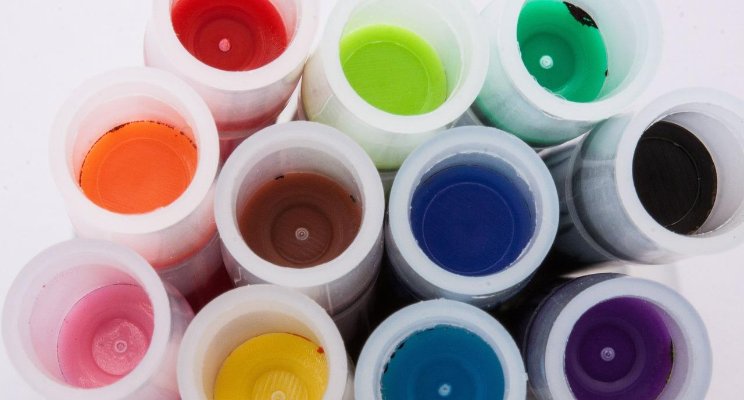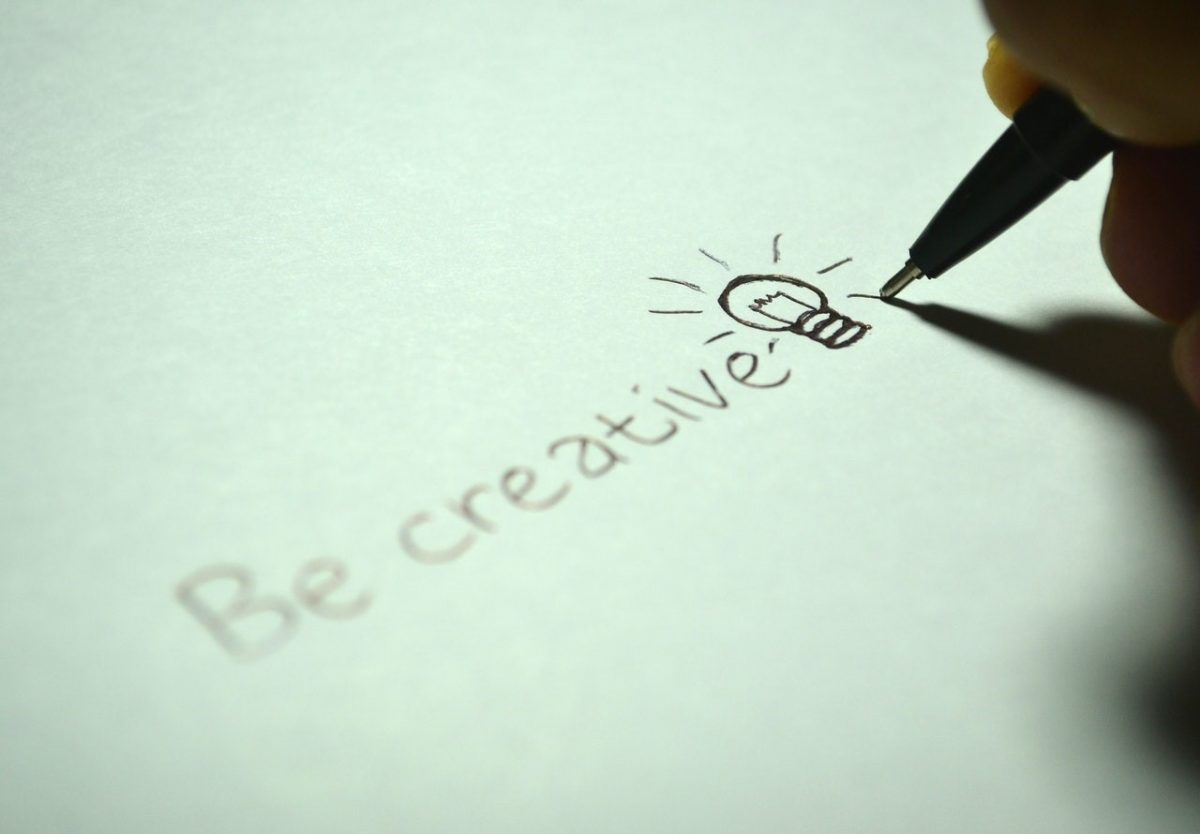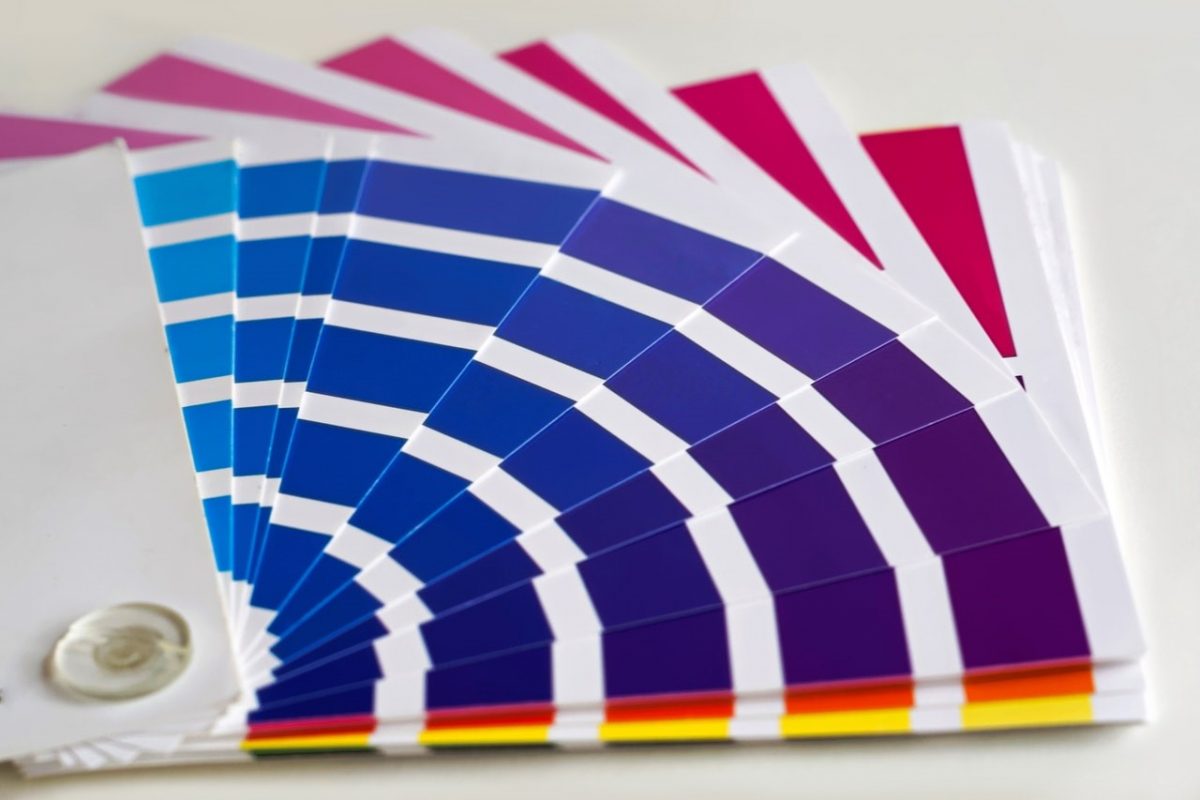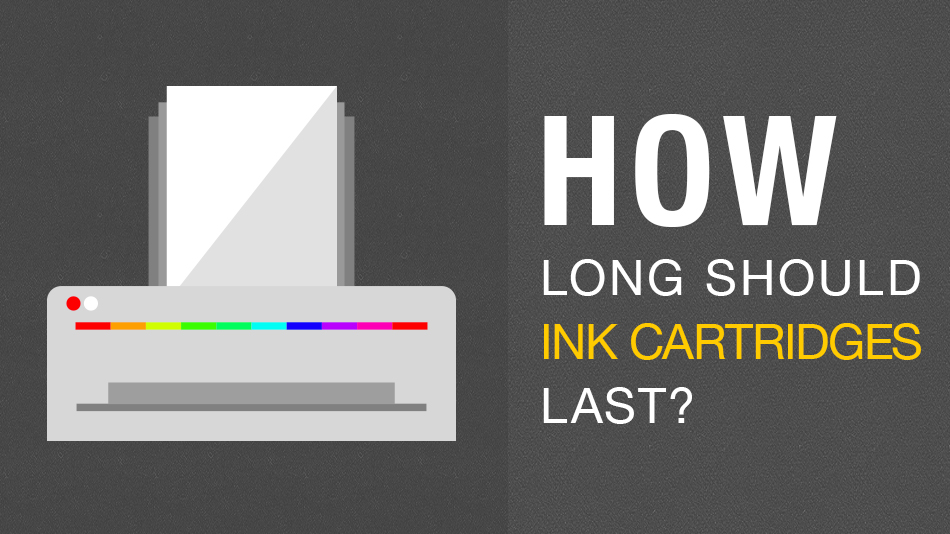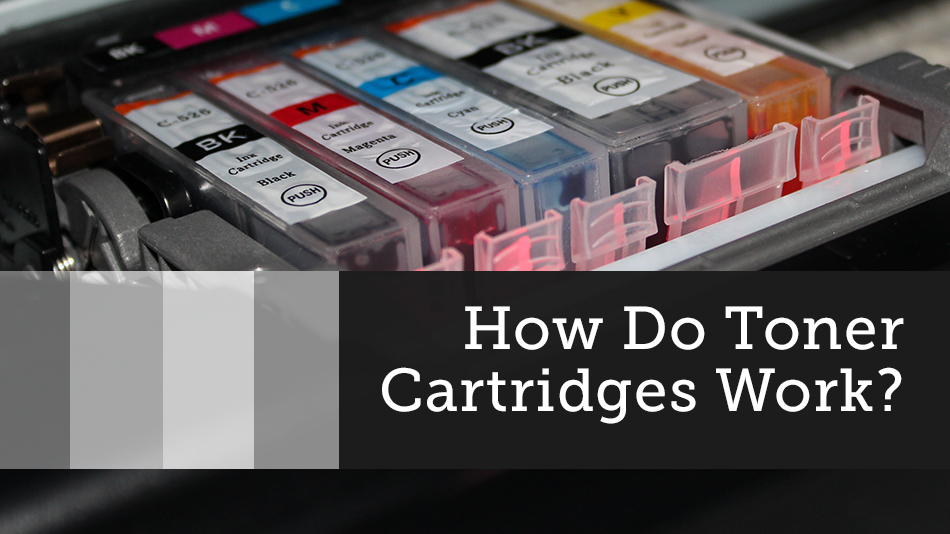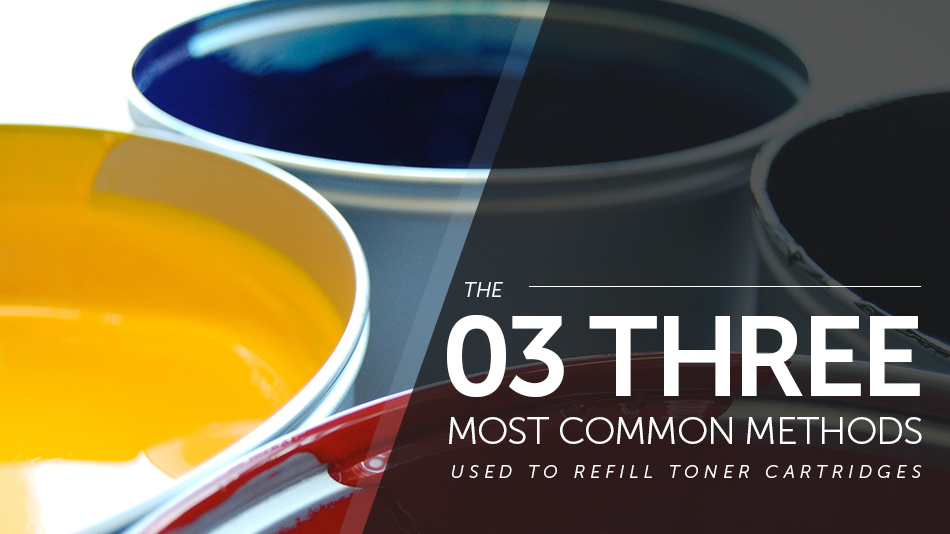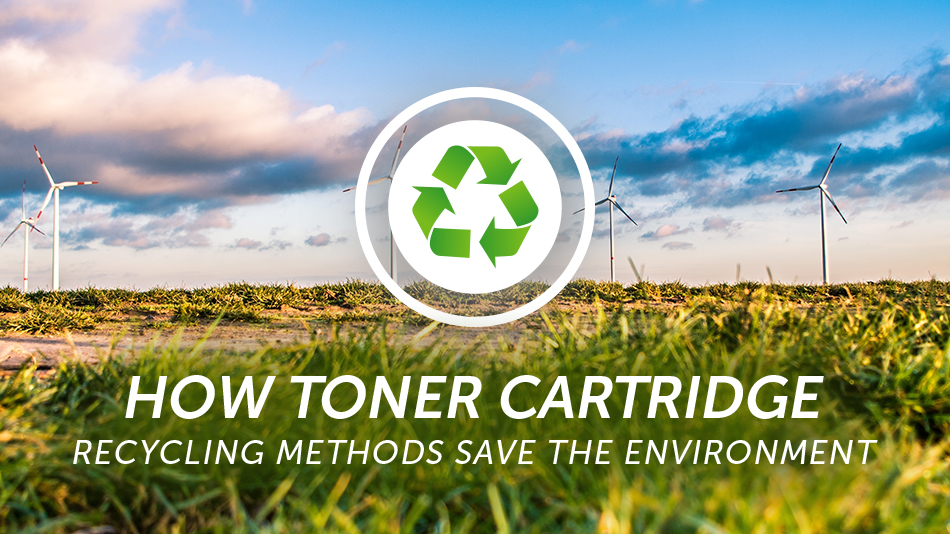Buying US-made toners have certain advantages over those manufactured by competitors from Mexico, Brazil, China or other countries. Toner cartridges are not born equal.
If you haven’t gotten into the habit of asking your toner supplier where s/he imports her toners or inks from, you might want to start developing that practice now. And if you’re the importer of your toner or ink cartridges, you should be bothered with the country they come from.
As with many industries, toner cartridge competitors from other countries give the US some stiff competition. OK, we can argue all day about the Japanese Toyota being better (or worse) than US-made cars, but with toner cartridges the winner is obvious.
Blindly Buying the Dust

Economists and business analysts like to tell us about how today’s buyers are so savvy and how they know the market better than ever.
And that’s true. To an extent.
Most toner buyers are buying blinding. Blinded by price, usually. Sometimes buying cheap is cheap. Prices may, in fact, reflect value. Making a buying decision solely on the money you’ll spend out of pocket could turn around to bite you.
So what else should you consider when buying toners? And why should you buy them from the US? Let’s explore answers to these questions.
Dangers of Buying Substandard Toners

We use toners in our homes and usually don’t consider them dangerous. However, the International Agency for Research on Cancer has classified toner dust as a 2B carcinogen — particles that are capable of causing cancer to humans. Substandard toners are more likely to expose you to danger.
Carbon Black Dangers: Substandard toner cartridges could easily break, and toner would leak. This leak may expose you to inhaling potentially cancer-causing toner dust.
Carbon Monoxide Dangers: The London Hazards Center says that overheated toners, especially those in confined spaces, emit carbon monoxide. Exposure to this dangerous gas could cause drowsiness, a spike in pulse rate, and severe headaches.
Substandard toners may demand more energy than usual for your printer to work. The excess heat required by your toner would cause carbon monoxide emissions.
Ozone Dangers: Toners of poor quality may emit ozone in high quantities during electrical discharges. If you expose yourself often to ozone you’re likely to suffer health problems like nausea, headaches, and dermatitis; ozone may also cause your throat, eyes, and lungs to have irritations.
Why are American Made Toners the Best?

It’s not uncommon for consumers who want premium quality printing to opt for Made-in-the-USA toners. However, it’s NOT just the toner quality that attracts buyers to American toners.
Desirable characteristics such as color integrity, ongoing R&D, product purity, and archivability are some of the other attributes that set US-made toners head and shoulder above their competitors.
Printer cartridges made in America are less likely to leak. Policies and industry best practices guiding cartridge manufacturing in the USA demand significantly higher standards compared to foreign manufacturers. Spending an extra $1 or 3 dollars may save you from health problems and other dangers that come with toner exposure.
Am I saying that toners made in the US are always great? No. That’s not the point. Some substandard US-made toners may slip through, but this isn’t the norm. And toners not imported from the US are not always bad. But the odds are in favor of toners from the US when you weigh health, toner quality, archivability, and other essential factors.
Cartridge recycling businesses like Virginia based Impression Products (which recently won a legal battle against Lexmark) collect used cartridges, refill them with toners, and resell them for significantly cheaper than OEMs sell them. So you have the opportunity of selling off your used toner cartridges — which is an environmentally friendly thing to do — and buying remanufactured products that are as good (or nearly as good) as OEM toners.
The Stiff Competition Benefits You

The US is home to the most prominent and most reputable printer brands and toner remanufacturing companies. America’s capitalist market demands that businesses compete for your money. Fighting for your cash drives companies to deliver better solutions.
Brother, HP, Lexmark and other OEMs have research facilities aimed at improving their product’s quality. On the other hand, you have remanufacturing companies like Impression Products that are driving prices down while keeping toner quality high.
In short, buying made-in-USA OEM, remanufactured, or compatible toners assure you of getting the best solutions possible as companies compete for your money.
Avoid Fraud

One risk that can come from buying overseas is obviously fraud. Once you send these companies funds you may or may not get what you ordered. It’s not very likely but it has happened in the past with some of our customers.
Buying remanufactured toner cartridges abroad can also damage your printers because they seem to leak toner when they spin in the printer.
US-based remanufactured cartridge makers wholly disassemble, and then thoroughly inspected, cleaned, and then recouple their products after filling it with the highest quality toner mixture in the market. Toner remanufactured in the US may even work as good as the original laserjet cartridge.
Buying your toners from home (if you live in the U.S.) assures you of the highest quality possible, and saves you the likelihood of fraud. You can more easily bring a fraudulent seller to book if the exchange happened in the U.S.
US Toner Makers Uphold High Industry Standards

It’s easy to lose the real meaning “quality,” especially these days that the word gets thrown around without corresponding action or proofs. So what does “premium” or “quality” toner mean?
Back in 2007, PC Magazine reported a research which had appeared on the American Chemical Society’s Environmental Science & Technology (ES&T) journal. The report revealed that toner printers spewed particulate matters equivalent to the volume of fumes a cigarette smoker inhales.
In response to that report, the American OEM toner maker, HP said “HP is currently reviewing the Queensland University of Technology research on particle emission characteristics of office printers. Vigorous tests under standardized operating conditions are an integral part of HP’s research and development and its strict quality control procedures.”
“As part of these quality controls, HP assesses its LaserJet printing systems, original HP print cartridges and papers for dust release and possible material emissions to ensure compliance with applicable international health and safety requirements.”
American OEM toner makers, like HP, are continually improving on their past successes and course-correcting on their mistakes. Toner manufacturers in the US invest a lot of money in R&D. Religiously investing in research and development is the American manufacturer’s advantage in providing the market with the best toner cartridges.
Now, that’s quality!
To Wrap this Up
If you’d rather have toners made from durable materials, and that maintain product purity, archivability, and color integrity, then you should consider importing your toners from the US. Toner manufacturing standards are higher in the US than in other countries. The stiff competition within the US toner industry is continually driving prices down and improving the quality of toners.
In case you’re interested in selling your new and unused toner supplies, we buy. Please contact us here to get started.
[/et_pb_text][/et_pb_column][/et_pb_row][/et_pb_section]

